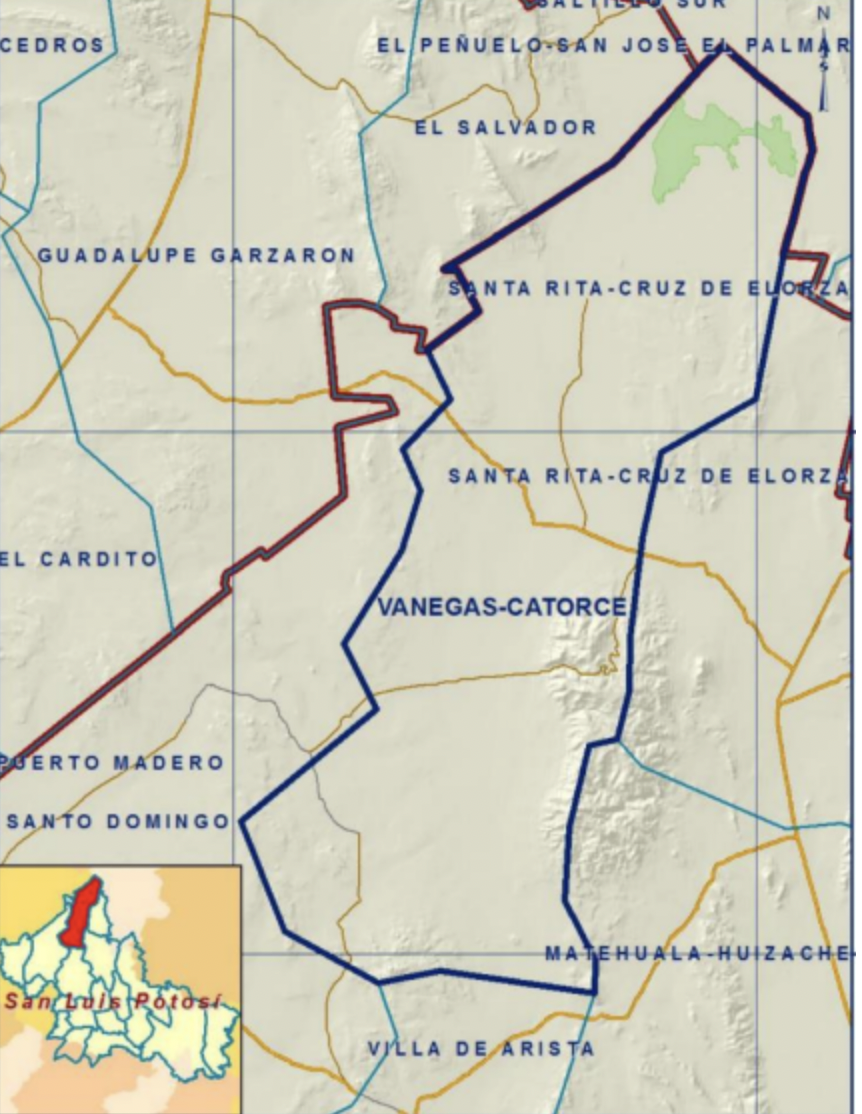Wirikuta: The Invisible Limit of Life in the Desert
Article written by longtime environmental activist and scholar, Tunuari Chávez. This article deals with the overexploitation of Wirikuta's aquifers despite environmental designations that should protect the region from the large-scale agroindustrial exploitation occurring at an increasingly fast pace.
"In the heart of the Potosí highlands, the sacred territory of Wirikuta, located in the municipality of Catorce, San Luis Potosí, represents one of the most complex, diverse, and culturally significant arid ecosystems on the planet. Its area—just over 140,000 hectares—may seem modest compared to the immensity of the Chihuahuan Desert, but its biological density is proportionally exceptional: 526 species of vascular plants and 96 species of birds have been documented here, amounting to approximately 17 percent of the flora and 30 percent of the avifauna known for the entire ecoregion (CONANP 2012; Granados-Sánchez et al. 2011; WWF 2023).
This space, beyond being an ecological refuge, is—since time immemorial—the sacred place where the world emerged from darkness for the first dawn. It is the university of Wixarika culture and the spiritual axis of the world, a point of equilibrium between life itself and the future dreamed of by the ancestors in the deep caves of the sea."






